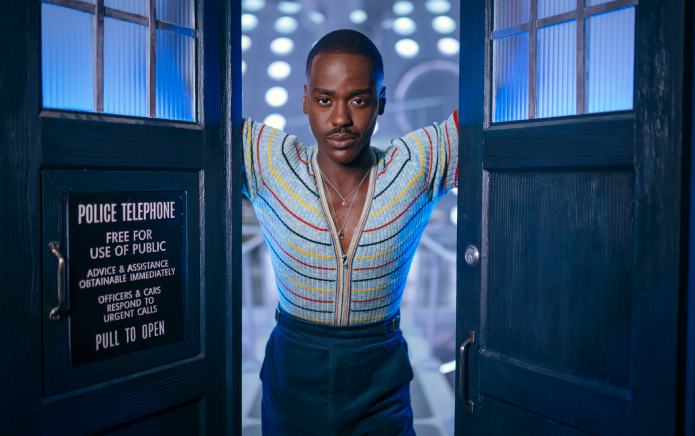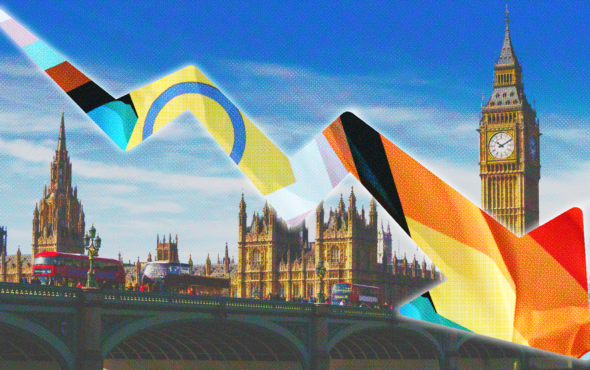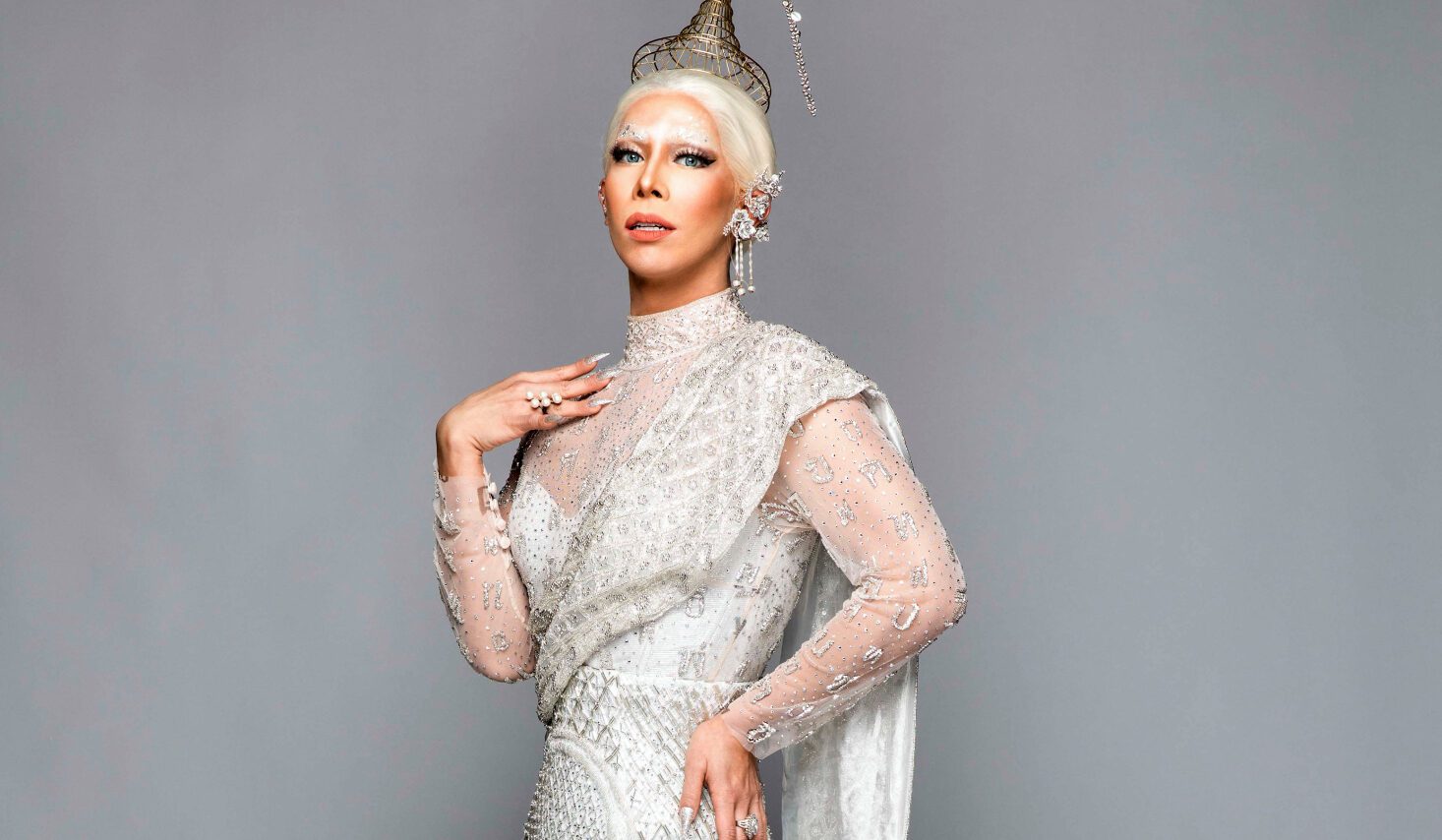
RuPaul’s Drag Race UK vs The World aired on 1st February. In an ever-expanding sea of new Drag Race spin-offs, each with their own merits, I’d like to take a moment to appreciate the very first international spin-off to hit the airwaves: Drag Race Thailand.
First broadcast in 2018, the Thai rendition of the show is hosted by drag performer Art Arya, and co-hosted by UK vs The World competitor Pangina Heals. There’s definitely a budget difference between this show and its US counterpart, but as a longtime fan of Drag Race, my investment in the show has always been in the personalities and talents of the queens themselves. The second season of Drag Race Thailand in particular really got me hooked for this reason.
There are several factors that made Thailand one of the most enjoyable series of Drag Race I’ve ever watched. Of course, the queens are hilarious, talented, passionate and memorable throughout. The auditions were open from the start to all genders and nationalities — and there are some truly excellent trans queens on the show. But the other notable result of the open auditions is that some of the cast members only speak English, and some, only Thai. I found it exciting to watch the queens overcome communicative and cultural challenges.
The unique dynamic of the hosts is another distinguishing factor. You could compare Art Arya to RuPaul and Pangina to Michelle Visage, but I don’t think that accurately describes their roles, since they feel more equally weighted than their American counterparts. Pangina’s co-host position gives her the ability to give genuine and at times brutal feedback, and Art acts as a mediator who provides further clarity on Pangina’s insights. The weekly challenge winner is determined by a scoring system across all judges, and the eliminated queen is decided by Art.
One particularly interesting thing about Thailand which differs from other Drag Race products is that episodes were filmed, edited and aired on a weekly basis for nearly three months, as opposed to the usual method of filming the entire show over a couple of weeks. Queens were able to go home between episodes, instead of being isolated.
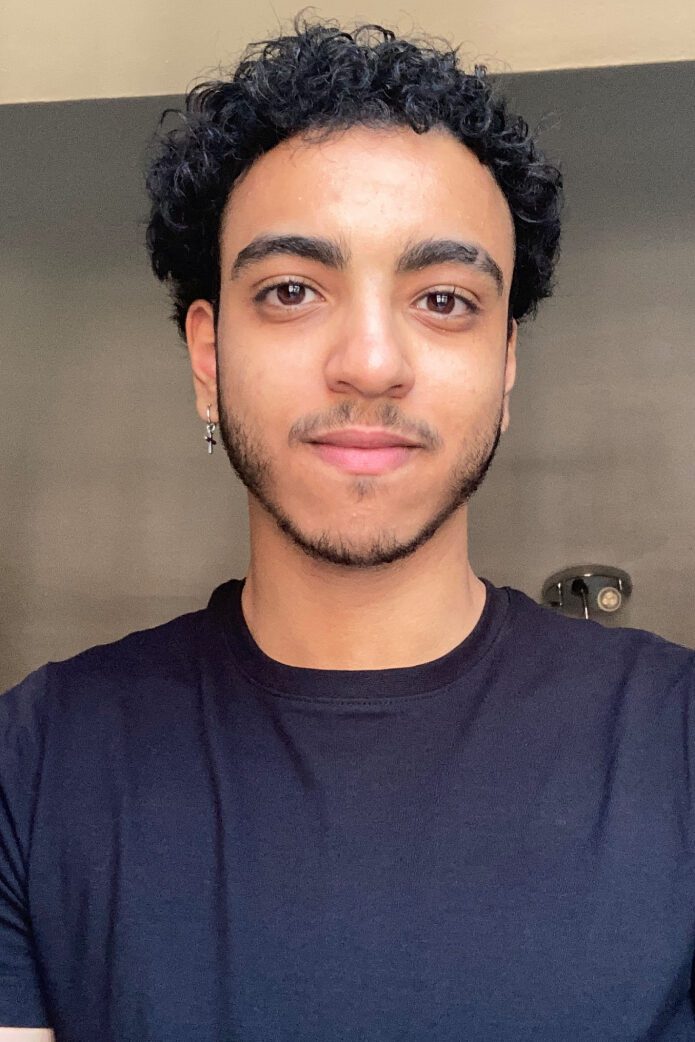
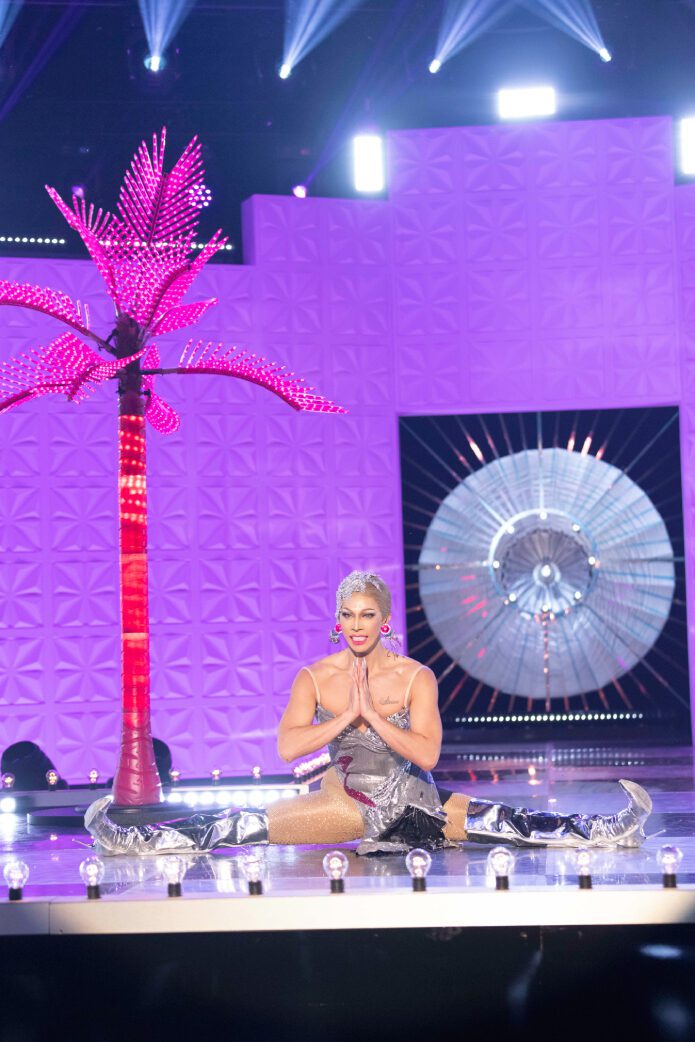
The noticeable outcome is that the producers were able to get a sense week-by-week of how the audience was responding to the direction of the show. It also gave non-Thai queens a chance to better understand the language and culture. Without spoilers, this leads to some surprising twists and turns as the season unfolds.
It could seem to some potential viewers as though the language and cultural barriers would pose an obstacle to entry or enjoyment of the show. I would argue that’s all the more reason to give it a go, but if you need another incentive, get to know Pangina Heals on RuPaul’s Drag Race UK vs The World!
We don’t yet know how far she’ll go in the competition, but I am incredibly excited to see her bring a new audience to overseas drag. Pangina has awesome fashion, amazing performance energy, and experience competing in Thai competitions. However, it’ll be interesting to see her compete for the first time ever on Drag Race alongside other queens who have already competed in it at least once (or in Jujubee’s case, four times!).
If you love drag and want to see something different, Drag Race Thailand is well worth the watch. As a trans person of colour and an artist myself, I don’t get to see myself widely represented. It’s not often you get a chance to truly express yourself and your art, so I always appreciate platforms which give artists of all sorts of backgrounds an opportunity to do just that.
Usually you’ll get around one Asian queen per season of Drag Race, but Thailand is a super fun showcase of cultures that you don’t often get to see on full display. Plus, if you like Pangina on UK vs The World and want to see more of her, you’re guaranteed to find her on every episode of Thailand, so that’s just one more reason to watch it!
Isaac is a volunteer with Just Like Us, the LGBT+ young people’s charity.
